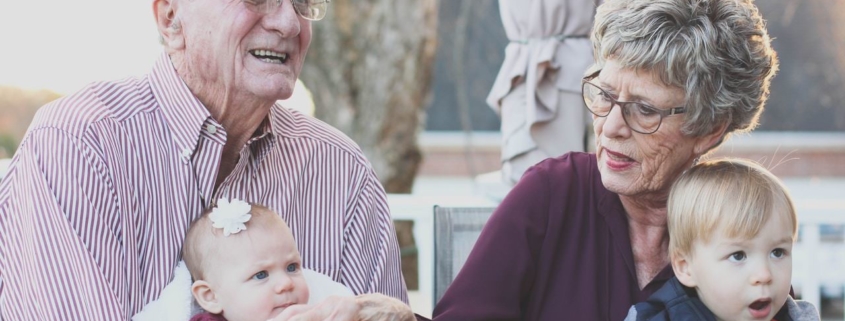Urinary incontinence in the elderly is a big issue as it affects the quality of life, causing isolation, depression, infections, institutionalization and physical handicap.
Urinary incontinence increases in frequency as age advances with its prevalence ranging from 30-60%. A third of women over the age of 65 suffer from an overactive bladder and a third of those is associated with incontinence. There is a general acceptance amongst sufferers and doctors that incontinence is a normal consequence of aging and the most common management method seems to be the use of incontinence pads.
There are various types of incontinence which are related to different causes and have varying characteristics. Stress incontinence is defined as loss of a small amount of urine during coughing, laughing, sneezing and various conditions that increase the intraabdominal pressure. Most of the time stress incontinence is related to weak pelvic floor musculature.
The second type of urinary incontinence is urge incontinence, which is characterized by small amounts of urine leaking before the person can reach the toilet. A person suffering from urge incontinence is unable to postpone voiding after the sensation of fullness. The cause in urge incontinence seems to be an overactivity of the bladder muscle and this can be related to either neurological problems such as dementia, Parkinson’s disease, spinal core injury or structural problems of the bladder such as tumors, stones etc.
Overflow incontinence is leakage of urine (usually in small amounts) that occur due to overextension of bladder due to retention. Common problems causing overflow incontinence are amongst others an enlarged prostate in men, a contractile bladder due to multiple sclerosis, spinal cord injuries etc.
Finally, functional incontinence is usually related to physical (e.g. mobility problems, arthritis), cognitive impairment such as severe dementia or other neurodegenerative diseases or psychological unwillingness such as depression and others. Essentially in patients suffering from functional incontinence, the problem lies in getting to and using the toilet when the need arises.

The assessment in cases of incontinence is focused in careful medical history taking, evaluation of related risk factors, physical examination, urine analysis and some more special tests which will help to ascertain or exclude possible causes of the incontinence. Depending on the type and possible causes, various interventions may help to improve or correct the incontinence. Cognitive and behavioral therapy have good results especially in the elderly patient with good function, by changing their toilet habits and retraining them to adopt more suitable routines for their problem. The benefit of behavioral therapies is that there are no side-effects, but they do require motivated and cognitively able patients. These kinds of approaches are not recommended in overflow incontinence patients.
Physical therapy in the form of pelvic flow exercises is used to optimize sphincter function and urine retention. This kind of approach is best suited to patients with stress incontinence. Pelvic floor electrical stimulation can represent a possible treatment for patients who can not perform pelvic floor exercises however these treatments can be uncomfortable or cause occasionally urinary tract infection.
Drug therapy is used to treat patients with incontinence but the adverse effects associated with the various medications may hinder their use in the elderly. Diapers and pads can be used as a sole intervention or to aid other interventions mentioned above. As a last resort, indwelling bladder catheters can be used with potentially serious problems related to infection and therefore should be used with caution.
In general specialist advice is recommended most of the time for the management of urinary incontinence and a multidisciplinary approach is preferred. Physicians, urologists, gynecologists, physical therapists, psychologists and specialist nurses are all required to work as a team to help the patients and their carers for this distressing problem.



